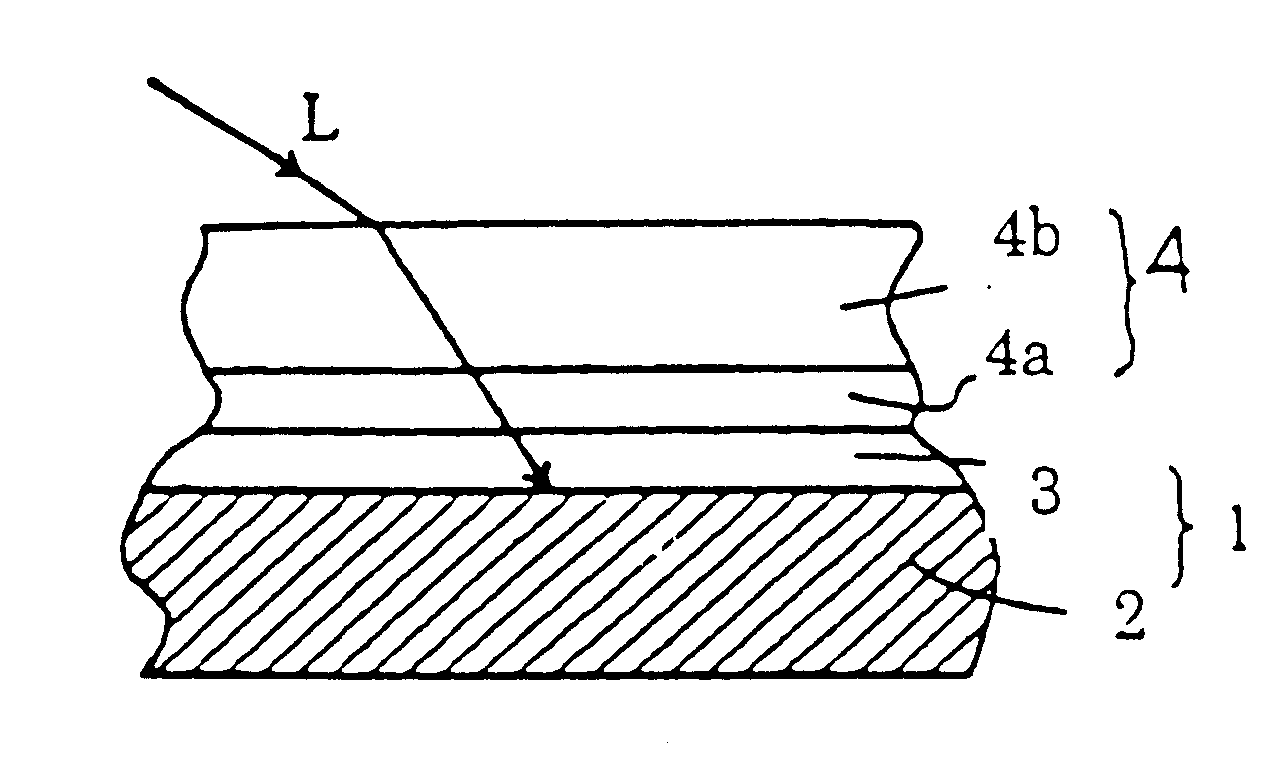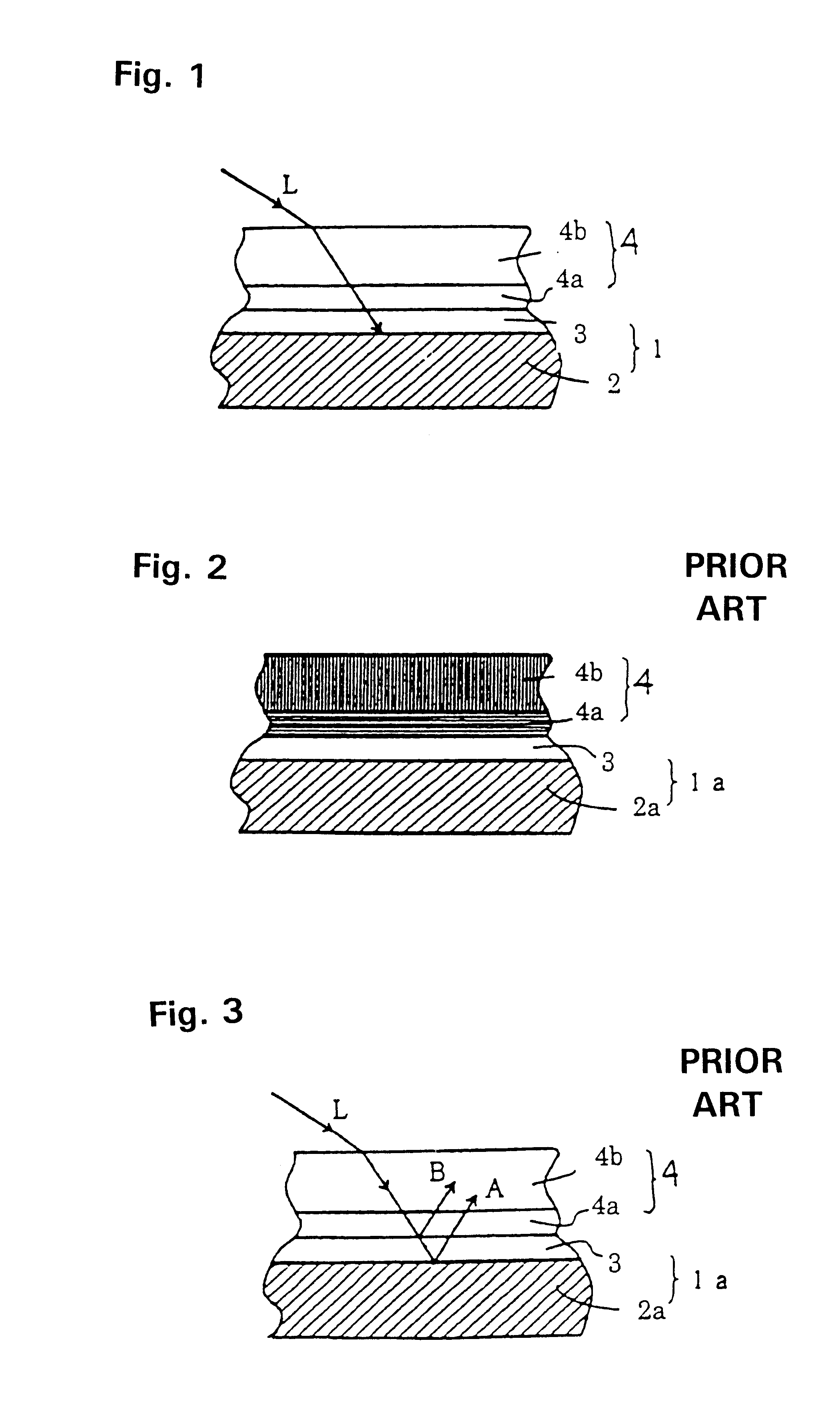Conductive substrate for electrophotoconductor
- Summary
- Abstract
- Description
- Claims
- Application Information
AI Technical Summary
Benefits of technology
Problems solved by technology
Method used
Image
Examples
example 2
The electrophotographic photoconductor of Example 2 was made according to the method of Example 1, except that silicon in an amount of 0.10 weight percent and magnesium in an amount of 0.82 weight percent was added in aluminum to form the electrophotographic photoconductor of Example 2.
example 3
The electrophotographic photoconductor of Example 3 was made according to the method of Example 1, except that silicon in an amount of 1.00 weight percent and magnesium in an amount of 0.30 weight percent was added in aluminum to form the electrophotographic photoconductor of Example 3.
example 4
The electrophotographic photoconductor of Example 4 was made according to the method of Example 1, except that silicon in an amount of 1.00 weight percent and magnesium in an amount of 0.82 weight percent was added in aluminum to form the electrophotographic photoconductor of Example 4.
PUM
| Property | Measurement | Unit |
|---|---|---|
| Time | aaaaa | aaaaa |
| Angle | aaaaa | aaaaa |
| Percent by mass | aaaaa | aaaaa |
Abstract
Description
Claims
Application Information
 Login to View More
Login to View More - R&D
- Intellectual Property
- Life Sciences
- Materials
- Tech Scout
- Unparalleled Data Quality
- Higher Quality Content
- 60% Fewer Hallucinations
Browse by: Latest US Patents, China's latest patents, Technical Efficacy Thesaurus, Application Domain, Technology Topic, Popular Technical Reports.
© 2025 PatSnap. All rights reserved.Legal|Privacy policy|Modern Slavery Act Transparency Statement|Sitemap|About US| Contact US: help@patsnap.com


